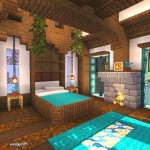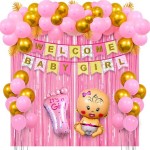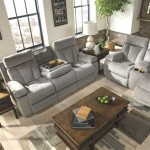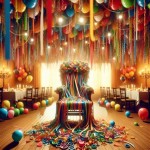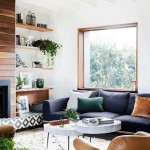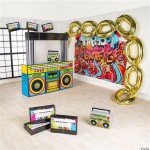Types of House Decor Styles
A home's interior design reflects its occupants' personalities, preferences, and lifestyles. The chosen decor style significantly impacts the overall ambiance, functionality, and aesthetic appeal of a living space. Numerous distinct decor styles exist, each characterized by specific elements such as color palettes, furniture choices, textures, and architectural details. Understanding these styles allows homeowners to create a cohesive and visually pleasing environment tailored to their individual tastes.
This article explores several prominent house decor styles, outlining their defining characteristics and providing insights into how they can be implemented effectively. The information presented aims to serve as a comprehensive guide for individuals seeking to transform their houses into homes that truly reflect their unique identities.
The Timeless Elegance of Traditional Style
Traditional style is characterized by its adherence to classic design principles, drawing inspiration from European aesthetics, particularly from the 18th and 19th centuries. This style emphasizes formality, symmetry, and an appreciation for quality craftsmanship. The color palette typically involves rich, warm tones such as deep reds, golds, and greens, often complemented by neutral shades like beige and cream. Fabrics like silk, velvet, and damask are commonly used for upholstery and window treatments, contributing to the luxurious feel.
Furniture within the traditional style often features ornate details, such as carved wood, turned legs, and intricate hardware. Pieces are typically substantial in size and designed for comfort and longevity. Upholstered furniture often includes features like rolled arms, button tufting, and nailhead trim. Accessories are carefully curated and often include antique pieces, fine art, and decorative objects that reflect a sense of history and sophistication. Table lamps with fabric shades, ornate mirrors, and crystal chandeliers are frequently employed to enhance the ambiance.
Architectural details play a crucial role in achieving a traditional aesthetic. Crown molding, wainscoting, and hardwood floors are common features, adding to the sense of formality and grandeur. Fireplaces often serve as focal points, surrounded by decorative mantels and ornate detailing. Window treatments are typically elaborate, featuring multiple layers of fabric, such as drapes, valances, and sheers. The overall effect is one of timeless elegance and refined sophistication, creating a comfortable and welcoming space that is both visually appealing and functionally practical.
The Clean Lines and Minimalism of Modern Style
Modern style, originating in the early to mid-20th century, prioritizes functionality, simplicity, and clean lines. It emphasizes a minimalist approach to design, focusing on essential elements and avoiding unnecessary ornamentation. The color palette typically revolves around neutral tones such as white, gray, and black, often accented by pops of bold color in artwork or accessories. Natural materials like wood, metal, and glass are frequently incorporated into the design, contributing to its sleek and contemporary aesthetic.
Furniture in modern style is characterized by its streamlined shapes, geometric forms, and lack of excessive detailing. Pieces are typically made from materials like metal, glass, and molded plastic, and are designed for both form and function. Upholstery is often smooth and unadorned, featuring clean lines and simple silhouettes. Modular furniture is a common choice, allowing for flexibility and adaptability within the space. Storage solutions are often integrated into the design, helping to maintain a clutter-free environment.
Accessories in modern style are kept to a minimum, with a focus on a few carefully selected pieces that serve both decorative and functional purposes. Abstract art, geometric sculptures, and simple vases are often used to add visual interest without overwhelming the space. Lighting fixtures are typically sleek and modern, featuring clean lines and minimalist designs. Architectural details are often understated, with an emphasis on open floor plans, large windows, and exposed structural elements. The overall effect is one of clean simplicity and contemporary sophistication, creating a calming and uncluttered environment that promotes a sense of tranquility and efficiency.
The Relaxed Comfort of Coastal Style
Coastal style, also known as nautical or beach style, evokes the feeling of being near the ocean, creating a relaxed and inviting atmosphere. This style emphasizes natural light, airy spaces, and a connection to the outdoors. The color palette typically incorporates shades of blue, white, and beige, often accented by touches of sand, coral, and seafoam green. Natural materials like linen, cotton, and jute are commonly used for fabrics, contributing to the casual and comfortable feel.
Furniture in coastal style is often made from natural materials like rattan, wicker, and reclaimed wood. Pieces are typically comfortable and relaxed, with a focus on creating a welcoming space for lounging and socializing. Upholstery is often light and airy, featuring fabrics like linen and cotton. Slipcovers are a popular choice, allowing for easy cleaning and maintenance. Accessories are often inspired by the sea, including seashells, starfish, coral, and nautical-themed artwork.
Architectural details in coastal style often include shiplap walls, exposed beams, and large windows that maximize natural light. Flooring is often made from hardwood, tile, or sisal, providing a durable and easy-to-clean surface. Window treatments are typically simple and lightweight, allowing natural light to filter into the space. Outdoor living spaces are often an integral part of coastal style, with porches, decks, and patios providing opportunities for relaxation and enjoyment of the natural surroundings. The overall effect is one of relaxed comfort and coastal charm, creating a serene and inviting environment that promotes a sense of calm and well-being.
The Rustic Warmth of Farmhouse Style
Farmhouse style celebrates simple living, rustic charm, and a connection to nature. This style emphasizes comfort, functionality, and a sense of history. The color palette typically incorporates neutral tones such as white, cream, and gray, often accented by pops of warm colors like red, yellow, and green. Natural materials like wood, stone, and metal are commonly used throughout the design, contributing to its rustic and authentic feel.
Furniture in farmhouse style is often made from reclaimed wood, antique pieces, and handcrafted items. Pieces are typically sturdy and functional, designed for everyday use. Upholstery is often made from durable fabrics like linen, cotton, and burlap. Slipcovers are a popular choice, allowing for easy cleaning and maintenance. Accessories are often vintage or antique, including items like mason jars, enamelware, and woven baskets. Farmhouse sinks, butcher block countertops, and open shelving are common features in farmhouse kitchens.
Architectural details in farmhouse style often include exposed beams, shiplap walls, and hardwood floors. Fireplaces often serve as focal points, surrounded by brick or stone. Lighting fixtures are often vintage-inspired, including pendant lights, sconces, and chandeliers. Outdoor living spaces are often an integral part of farmhouse style, with porches, gardens, and barns providing opportunities for relaxation and connection to nature. The overall effect is one of rustic warmth and simple elegance, creating a comfortable and inviting environment that promotes a sense of community and connection to the past.
The Global Influences of Bohemian Style
Bohemian style, often referred to as "boho," is characterized by its eclectic and free-spirited nature. It draws inspiration from various cultures and eras, creating a unique and personalized aesthetic. This style embraces individuality, creativity, and a rejection of conventional norms. The color palette is often vibrant and diverse, incorporating a wide range of hues, including jewel tones, earthy shades, and vibrant patterns. Natural materials like wood, rattan, and textiles are commonly used, contributing to the organic and textured feel.
Furniture in bohemian style is often a mix of vintage, antique, and handcrafted pieces. Pieces are typically comfortable and inviting, with a focus on creating a relaxed and cozy atmosphere. Upholstery often features colorful patterns, textures, and embellishments like tassels and embroidery. Floor cushions, poufs, and hammocks are popular additions, creating a casual and laid-back vibe. Accessories are abundant and diverse, including items like tapestries, macrame wall hangings, vintage rugs, and potted plants. Layering is a key element of bohemian style, with multiple textures, patterns, and colors used to create a rich and visually stimulating environment.
Architectural details in bohemian style often include exposed brick walls, hardwood floors, and large windows that maximize natural light. Unique lighting fixtures, like Moroccan lanterns and string lights, add to the eclectic and whimsical atmosphere. Plants are an essential element of bohemian style, bringing life and vibrancy to the space. The overall effect is one of global influences, artistic expression, and carefree comfort, creating a personalized and welcoming environment that reflects the individuality of its inhabitants.
The Industrial Chic of Urban Style
Urban style, often referred to as industrial style, draws inspiration from urban lofts, warehouses, and factories. This style emphasizes raw materials, exposed structural elements, and a functional aesthetic. The color palette typically incorporates neutral tones such as gray, black, and white, often accented by pops of color in artwork or accessories. Materials like brick, concrete, metal, and wood are commonly used, contributing to the rugged and edgy feel.
Furniture in urban style is often made from reclaimed wood, metal, and leather. Pieces are typically sturdy and functional, designed for durability and practicality. Upholstery is often simple and unadorned, featuring materials like leather, canvas, and denim. Exposed metal hardware, rivets, and welds are common design details. Storage solutions are often utilitarian, including metal shelving units, lockers, and vintage crates. Accessories are often repurposed or vintage, including items like metal signs, maps, and industrial lighting fixtures.
Architectural details in urban style often include exposed brick walls, concrete floors, and exposed ductwork. Large windows are common, providing ample natural light. Lighting fixtures are often industrial-inspired, including pendant lights, sconces, and floor lamps made from metal and glass. Artwork often features abstract designs, graffiti-inspired pieces, or large-scale photographs. The overall effect is one of industrial chic and urban sophistication, creating a unique and edgy environment that reflects the gritty beauty of city life.

Interior Design Styles Guide To Top Decor Types Lazy Loft

Diffe Interior Design Styles Types Of Home Décor

What S Your Design Style Home Interior Styles Quiz Decor

Interior Design Styles 101 The Ultimate Guide To Decorating In 2025 Decorilla

20 Classic Interior Design Styles Defined Décor Aid

7 Most Popular Types Of Interior Design Styles In 2025 Beautiful Homes
.jpg?strip=all)
5 Types Of Home Decor Style Gallerynine5 Com

20 Classic Interior Design Styles Defined Décor Aid
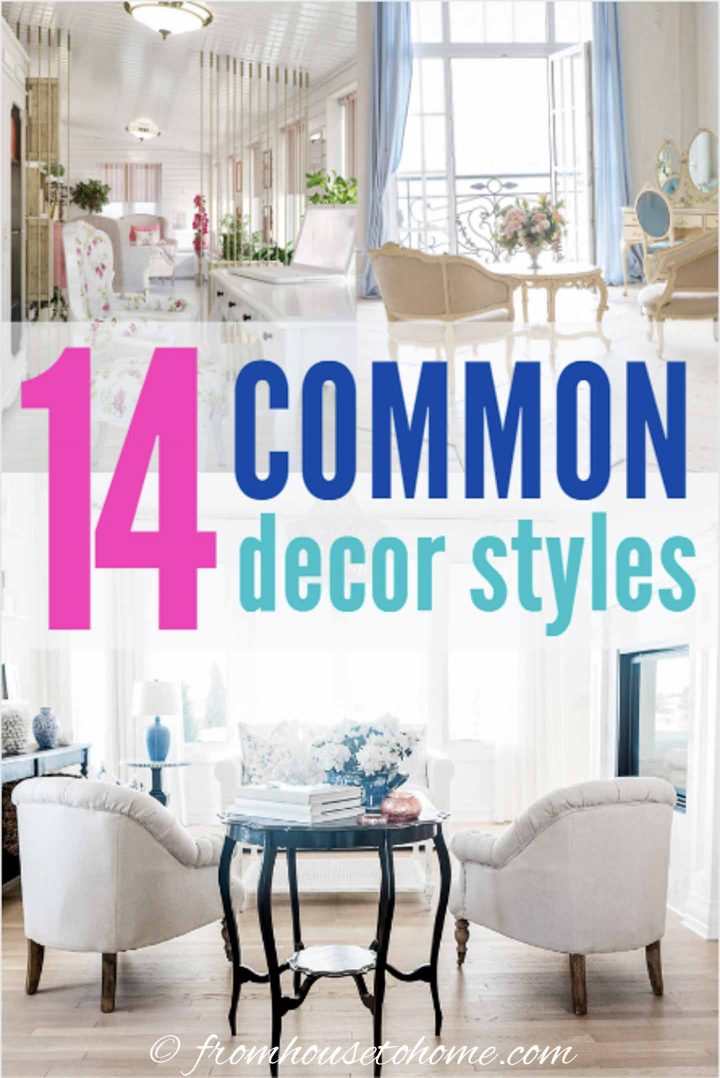
Decorating Styles 101 Find The Interior Design You Love

25 Interior Design Styles You Should Know 2025
Related Posts
